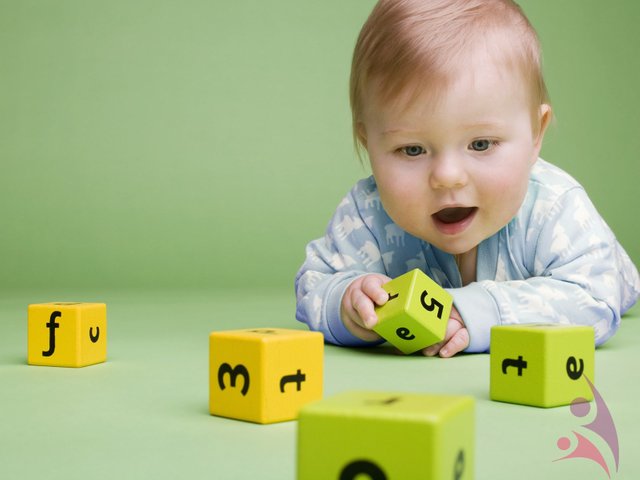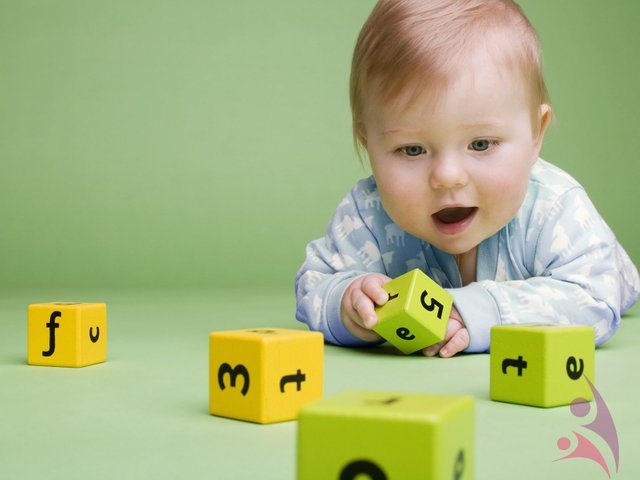
Factors That Influence Child Development

Factors that influence Child Development, and death that lasts until the beginning of life related to quantity and quality are different. Water is a process with 3 stages of development: growth-maturation-learning. Important dimensions of the learning that occurred as a result of interaction with the environment physical growth and ripening. Maturation, the changes in behaviour necessary to fulfill the physiological power.
What Are The Factors That Affect Children's Development?

Maturation and learning are important and necessary for the development of concepts. The individual's readiness shows the status of properties previously owned in a learning environment. They have made the most powerful impression of environmental stimuli in the individual which is the period the critical period of learning, the most effective period. In the critical period, if it does not come to individuals stimulants, effective learning cannot take place.
In the first months of life at an early age and the richness of the stimulus, allows the enrichment of the structure of the brain. Rich environmental stimulants, develop connections between synapses. The wealth of the message affects different aspects of synapse development.
Factors that influence Child Development: heredity and environment
23 chromosomes from the mother and father created with the merger of the zygote that contains 46 chromosomes to store large amounts of occurs. Approximately 20,000 genes are the building blocks of a DNA molecule in each chromosome.
Covers the whole of the animal's genotype that carries the genetic code inherited from parents. Phenotype observed personally in individual features. The phenotype of the individual are reflections of properties in the observed genotype. Intellectual potential of the individual, the physical structure is determined by the overall distribution of genotype in fat cells. Environmental conditions on the phenotype is decisive. A result of the interaction of heredity and environment as development takes place.
Child Developmentfactors that affect ni: Hormones
The basic structures of hormones are also a determinant of development. Endocrine hormones via the blood and spreads throughout the body affects the targeted area. Body structure, growth, reproduction, metabolism, and the internal equilibrium in this way is provided. Hormones that affect growth, endocrine glands, and domains are as follows:
- Pituitary gland: controls growth and other endocrine glands, the secretions of sets. Regulates water and salt metabolism.
- Thyroid and parathyroid: hormone Thyroxine regulates the body's metabolism. In adulthood, or less body, your metabolism slows down, and include drowsiness. Regulates calcium and phosphorus metabolism. Nov-bone-acts on the nervous system to work together.
- Adrenal glands: Cortisol: increases blood sugar in the body. Carbohydrate, fat, and protein metabolism balances.
- Adrenal sex hormones: male children more in the works, early adolescence. If in girls more works, the sound thickening, and hair growth can increase.
- Adrenaline and noradrenaline: Fear, excitement, show an increase in cases of irritation. The number of heart beats and blood glucose increases.
- Sexual Glands: Estrogen Sexual: Women gender-appropriate voice, body structure, provides for the development of the reproductive organs.
- Progesterone: is important in preparing a woman's pregnancy.
- Testosterone: in Men, The Beard, the moustache, the sound thickening of bone in the development of effective.
Child Development, affecting ni
Development, from conception to death, are the characteristic changes that occur within the human body. Development process cannot be assessed in isolation from each other 3 covers:- Biological process: individuals genetically changes that will occur in the direction of genes from the parents
- Cognitive process: the individual language, thought and intelligence covers the changes in the capacity of
- Social process: the individual with other people, your relationships, your emotions, containing and personality changes.
- All of these processes are interrelated and changes in one impact the others. Development, three-dimensional and should be regarded as a combination of very complex processes.
Children's development and situations that affect, the laws and properties unique to the human species are as follows:
- Development is a continuous process.
- Development life cycle varies according to.
- The various features of the organism shows an increase in the development of different time frames.
- Talent and skill development follows a specific sequence.
- There are 2 different orientation directions in development: growth from the inside out and from head to toe.
- Left plays in the development of internal and external factors. Heredity, health status and climatic conditions such as internal factors and external factors such as emotional state.
- Human development is multifaceted and complex. All processes are interrelated and influence each other.
Periods Affecting Child Development
Child development, affecting ni periods, of humans from conception to death; biological, physical and social aspects of the totality of changes that have occurred in quality and quantity in the size. Lifelong development in relation to the period can be summarized:- Prenatal Period: mitosis until the end of the second week after conception occurs and the fertilized cell grows by division.
- Embryo: from the third week by the end of the eighth week from the beginning of the process. Spinal cord, jaw and brain occurs. Nose and enhances facial features.
- Fetus: 3. It is the process from the beginning of the month until birth. At first, during birth the fetus is approximately 10 cm and 45-50 CM 45 GR (1.6-3.4 kg dimensions reaches. Nov mass begins with the development of body movements.
- Newborn: is the period that covers the first month of life. Sleeps more than 16 hours per day. There is a difference of night and day, has become a common reflex.
- Infancy: 2.months from the period until 2 years of age. Reflex or voluntary movement there is a transition in the behavior.
- Early childhood: the time when between the ages of 2-6. Thanks to independent motor behaviors and specific skills gained. A peer relationship is established and the game is played.
- The last Childhood: Girls 6-11, 6-13 covers the age group men. Thinking skills develops reading, writing and calculation skills. Consists of the understanding of values and conscience. Compliance is very important.
- Puberty: Girls 11-20, 13-20 age group is the period that covers the men. Rapid growth and physical change is observed. A desire for independence, the feelings are dilemmatic. The thought of who he was, is intense.
- Young adulthood: economic independence will begin and lasts until the age of 40s at the time. Mate selection, family, child rearing, career plans and social responsibilities are at the forefront.
- Middle adulthood: is the period between the ages of 40-60. Will provide guidance to adolescents. The parent of their parents. Age-related health problems can begin.
- Forward to Adulthood: the time until death from the age of 60s covers. Retirement, loss of spouse, economic hardship can be experienced. New information on the acquisition of cognitive functions. Physical strength is decreasing.
Posted from my blog with SteemPress : https://www.orak11.com/index.php/factors-that-influence-child-development/
Children learn with pictures, so be careful what you present to children, they store images in their brain, you may think they are not taking note, but they are. Children needs love, care and protection.
Downvoting a post can decrease pending rewards and make it less visible. Common reasons:
Submit